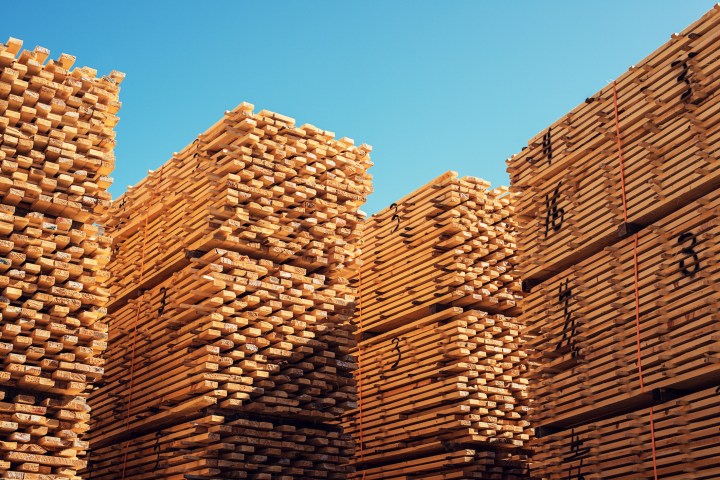
Rising lumber prices can be tracked to a host of issues in Canada
Rising lumber prices can be tracked to a host of issues in Canada

One of the biggest impediments to home construction recently has been the availability and cost of raw materials. Lumber, in particular, has been getting a lot more expensive lately — prices are up almost 30% since last September.
A lot of what’s been going on with lumber prices has to do with the supply of Canadian lumber.
“Canadian pine is highly sought after for homebuilding because of its strength,” said Mark Fleming, chief economist at First American.
And in November, a major storm hit British Columbia, washing out the rail lines that lumber mills rely on.
“It stopped shipments by a good 20%, and 100% in certain places,” said Brian Leonard, a lumber analyst with RCM Alternatives.
Leonard said that complicated the supply chain problems the lumber industry had already been dealing with.
“Less truckers, less rail fix employees, because of COVID showing up, and things like that. So the whole system kind of broke down,” he said.
At almost the same time last year, a 40-year, ongoing trade dispute with Canada came to a head, said Rachel Brewster, a professor at Duke Law School.
“The core of the dispute between the United States and Canada is whether or not Canada’s subsidizing their lumber industry,” she said.
And in November, the Commerce Department doubled its tariff on Canadian softwood lumber imports to almost 18%.
“Doubling the tariff rates, I mean, that is going to increase the price of lumber,” she said.
This is also happening while the Canadian lumber industry is dealing with another, older problem: A beetle infestation that’s been devastating pine forests in Canada since the 1990s, leaving behind millions of dead trees and the risk of wildfires, said First American economist Fleming.
“Increased risk of wildfires, increased devastation of wildfires in the 2017-2018 era, has effectively created, now, a shortage of trees to be cut down in Canada, and exported to the United States,” he said.
Fleming said this is different from the supply chain problems that have caused shortages of other home building materials during the pandemic.
“How do you fix a supply shortage, driven by a sheer lack of something like a tree which takes a long time to grow?” he said.
And in the meantime, Fleming said demand for new homes will continue to push lumber prices up.
There’s a lot happening in the world. Through it all, Marketplace is here for you.
You rely on Marketplace to break down the world’s events and tell you how it affects you in a fact-based, approachable way. We rely on your financial support to keep making that possible.
Your donation today powers the independent journalism that you rely on. For just $5/month, you can help sustain Marketplace so we can keep reporting on the things that matter to you.











